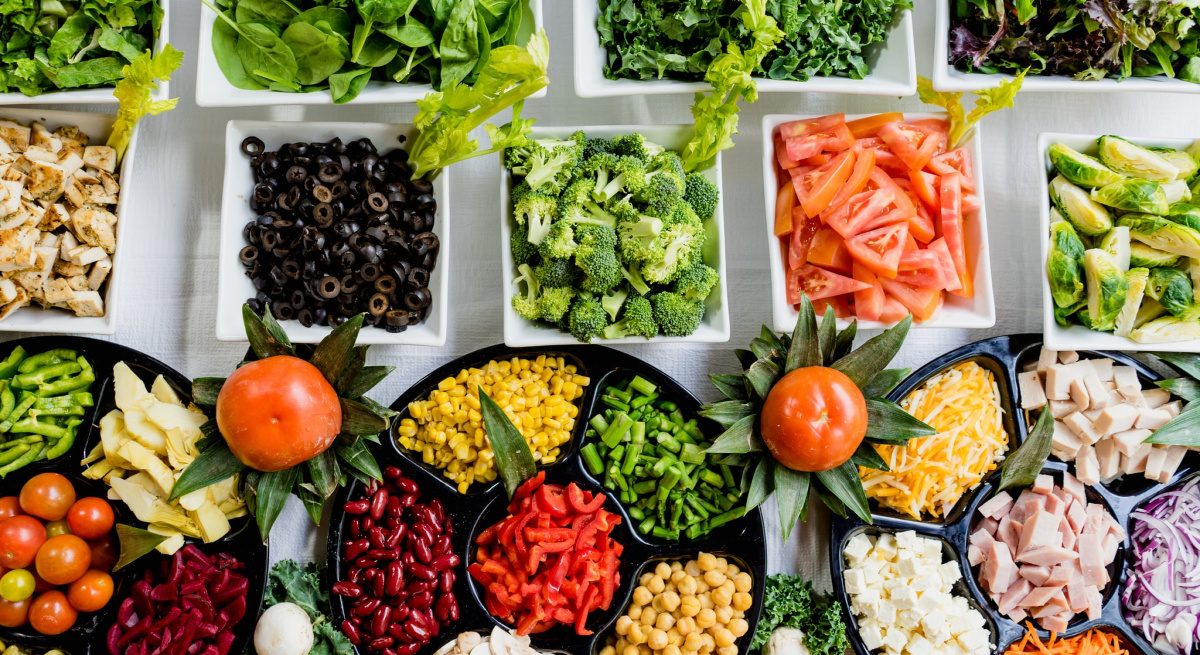Defining Healthy Menus – What Restaurants Need to Know
3 Min Read By Rachel Lowe
Healthy, local, fresh … these are the ubiquitous terms on menus, but what do they mean?
When it comes to the term “healthy,” which is a nutrient content claim, the FDA defined it more than 25 years ago in 1993 with a focus on total fats, saturated fat, cholesterol, and sodium. Manufacturers of foods generally considered to be healthy but not low in fat (e.g., nuts, avocados, eggs, salmon) found it hard to meet that definition. So the FDA in 2016 began the public process of considering a new definition for “healthy.” In the interim, the FDA announced its intent to exercise enforcement discretion for foods labeled “healthy” that (1) are not low in fat, but that have a fat profile of predominantly mono- and polyunsaturated fats; and (2) contain at least 10 percent of daily value per reference amount customarily consumed (RACC) of vitamin D. This is what most have followed while awaiting a new final rule.
Covered establishments, such as chains with 20+ restaurants using the same name and offering substantially similar food, have to follow specific FDA rules for nutrient content claims and menu labeling. For those restaurants that are considered “covered establishments” under the FDA rules: heads up that the FDA is poised to announce its revamped definition. On September 27, 2019, Dr. Susan Mayne, director of the FDA’s Center for Food Safety and Applied Nutrition (CFSAN), said the FDA is “close” to proposing its new definition for “healthy” labeling claims on food products. The FDA has also explored a “healthy” labeling icon or symbol. There will undoubtedly be a period for compliance as there was with the menu-labeling rule on calorie identification. Restaurant chains will need to formulate a new game plan that is likely focused on added sugars and vitamin D, rather than just fat and sodium, to meet the new “healthy” definition.
And remember that “healthy” is different from a “health” claim, which is an express or implied claim that there is a relationship between the food and a disease or health condition (e.g., nachos may reduce anxiety). Health claims are subject to different FDA rules.
This year, the FDA is also considering modernizing its approximately 300 standards of identity since, as the agency has acknowledged, many standards were issued decades ago and may be out of date and impede innovation. Standards of identity are the federally mandated FDA and USDA rules for what the ingredients a product must or may contain and any requirements of manufacturing to legally use the name of the food. For example, what makes milk chocolate, milk chocolate or gouda cheese, gouda cheese. And standards of identity are detailed – gouda cheese requires a minimum milkfat content that is 46 percent by weight of the solid. Recently, the news has focused on what makes milk, milk. Readers are likely familiar with former FDA Commissioner Gottlieb’s comment that “an almond doesn’t lactate” when discussing the standard of identity for milk (a “lacteal secretion”). The FDA is considering 13,000 comments on the use of dairy names in labeling plant-based products alone.
To modernize these standards, the FDA held public meetings in July 2018 and September 2019 and took comments through November 2019. The September meeting considered “horizontal approaches” to modernizing standards of identity. This refers to changes that could be made across multiple categories of food, such as allowing salt substitutes. Other changes in the works include a new standard of identity for yogurt and removal of some obsolete standards.
The goal for this modernization, according to remarks by former Commissioner Gottlieb, is to provide flexibility in these standards to “allow better public health outcomes by encouraging manufacturers to produce more healthful foods that are still affordable.” The FDA wants to encourage innovation to make food products healthier, while guarding against economic fraud. What this will look like in practice is still a work in progress.


